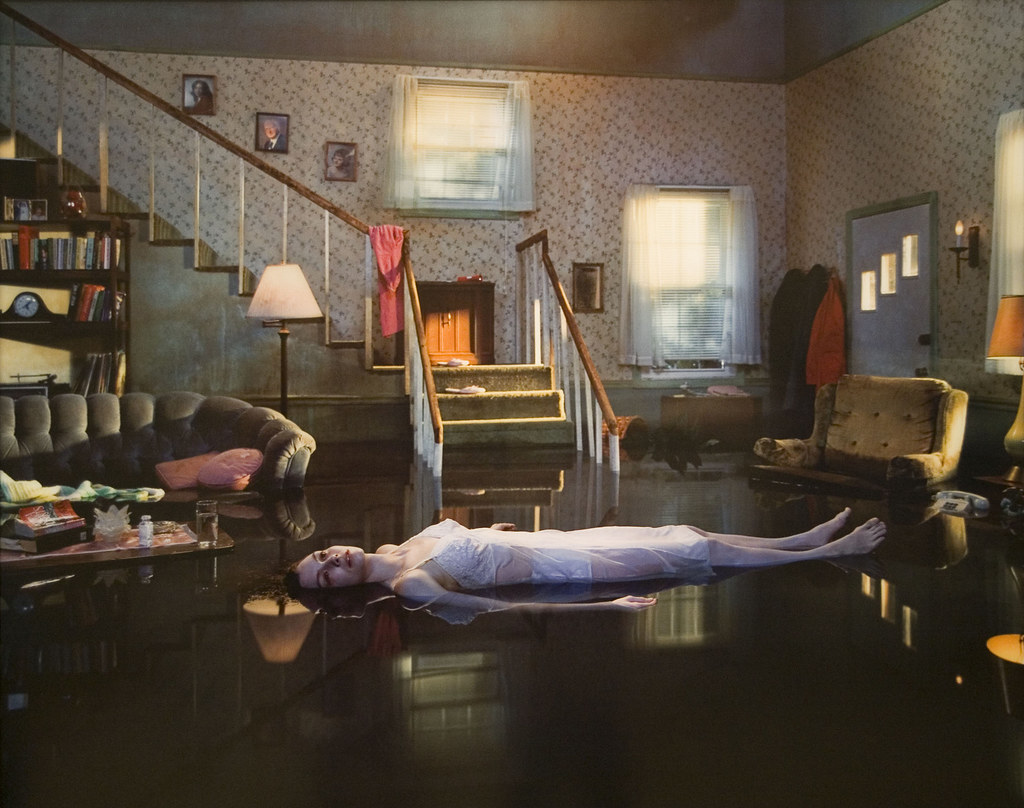On Tuesday week 7 the class visited the National Gallery of Victoria to visit some of the photography exhibition to see talented works of art and hopefully get inspired by them. I saw many incredible and intriguing photos, from Bill Henson, William Eggleston, to an Indonesian contemporary photographer Edwin Roseno, the Exhilarating photos of Amusement parks by Carsten Holler, and incredibly minimalistic yet beautiful landscape by the artist born from the same land as Brian, Derek Henderson. It is very inspiring to see very different works inspired by various circumstances. Seeing all the creative works reminds me a quote from Paul Schrader that “True creativity comes from restrictions and limitations” and watching a video of Anna Akana (Youtuber) talking to an artist. Creativity comes from playing and tweaking your capability in the limited boundaries you have. That’s what makes creativity.
An big room is dedicated to William Eggleston. He is credited for introducing color photographs in the photography world. One of his first colour photograph , the guy holding the trolleys, is one of my favorite. He likes to take candid photographs, not necessarily street photographs, but it represents the culture he was in.
The Indonesian Photographer Edwin Roseno uses product packages as pots for plants, showing the direct relation between nature-then-processed result. In his description “Green Hypermarket” is Edwin’s way of how consumable packages have been a utilized in Indonesian homes. After serving it’s commercial purpose, the packages are then used by Indonesian people for plants, changing its value to preserve life.
All of the photographers in NGV inspired me to pursue my own creative style. All of their dedication in their work deserved respect. Below are some of the Picture I took in the exhibition






















